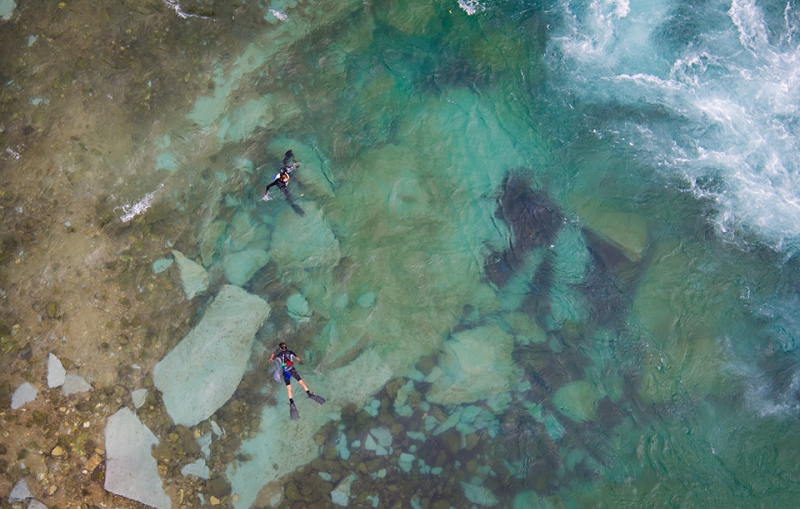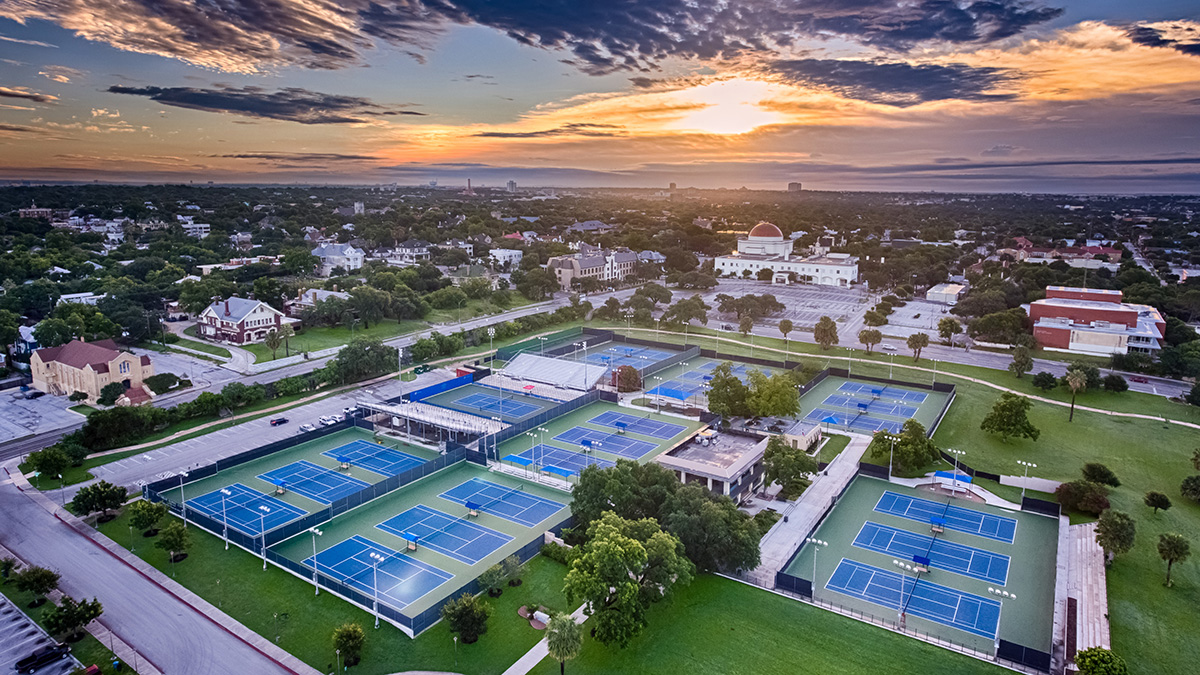10 Best drone practices
Before you add a drone to your existing photography business, consider these 10 best practices.
• January 2017 issue
Groundwork for remote pilots
There it is: Your spanking new Remote Pilot certificate from the FAA. You can now fly a drone and get paid for it! The potential is huge because low-altitude aerial photography can immediately differentiate your business. It invariably creates excitement among customers. The views from above are often breathtaking.
Starting a drone business or adding a drone to your existing business has many similarities to starting a photography business. You have to find customers, you need to offer great service, and you must demonstrate mastery over the camera. But there are many differences, too. You’re flying a federally recognized aircraft into airspace that is shared with traditional aircraft. Weather, airspace and other considerations have to be taken into account before flying.
Let me share 10 best practices I’ve developed during my UAV flying career.
1. DELIVER GREAT CUSTOMER SERVICE. Nothing will make you more successful than offering clients outstanding customer service. Schedule an in-person meeting with clients to educate them about what you offer. Invite them to observe one of your flights. Provide a quick turnaround on your deliverables, and be accessible to them. Your ability to take great care of your clients will quickly separate you from the competition.
2. BECOME A DRONE ADVOCATE. Wait a second, you’re probably telling yourself, I don’t have time to go do public speaking about drones at libraries and schools. I need to use that time to make money. Believe me: It’s important to make time for this. Every second you spend educating the public about drones helps protect your entire business model. Most anti-drone legislation is a byproduct of local officials or a handful of concerned but uneducated citizens who fear drones because they don’t understand them.
3. BUY AN AVIATION RADIO. If you truly care about operating your drone safely, purchasing an aviation radio and monitoring the frequency of the nearest airport will sometimes give you advanced warning that an airplane or helicopter may be flying into your operating area. It also speaks volumes to your clients that you’re serious about their safety.
4. PURCHASE LIABILITY INSURANCE. The FAA doesn’t currently require commercial operators to carry liability insurance, but a growing number of your prospective clients will. No technology is fail-proof, drones included. Accidents happen, and when they do, liability insurance can literally protect your livelihood. It will also improve your company’s brand and reputation because it shows clients that you’re operating a real business that treats risk seriously.

5. MAKE CONTINUING EDUCATION A PRIORITY. You really don’t have a choice here. You’re using an emerging technology that’s undergoing dramatic change. Evaluate new drones to separate flashy new models that won’t improve your bottom line from models that will take your business to the next level. New software is coming out every week that promises to make you safer, more efficient, and better equipped. Learn about these tools.
6. CREATE AND USE CHECKLISTS. There’s a reason that even experienced military and commercial pilots use checklists for manned aircraft: They’re critical to safe and effective operations. The same holds true for flying a drone. Checklists ensure that you don’t forget important things like calibrating the drone’s compass, formatting the SD card before your flight, and ensuring you have your Remote Pilot certificate and other paperwork with you during the flight.
7. INSPECT YOUR DRONE. This is both an FAA requirement for commercial drone flights and also another way to reduce risk. It’s better to discover loose screws or cracks before you fly rather than after an accident happens.

8. USE A SPOTTER. While visual observers are no longer required for commercial drone flights, having an extra pair of eyes watching your drone is super helpful. When you’re head-down, trying to focus your drone’s camera or get the composition just right, a spotter can help you regain awareness of where your drone is and identify hazardous situations like swarming birds (It happens!), the presence of manned aircraft, or the unexpected drifting of your drone (which can happen if you lose GPS signal and the wind starts to have an effect).
9. PRACTICE, PRACTICE, PRACTICE. The more you fly, the more you build the muscle memory needed to control a drone safely. And only practice will allow you to get the cinematic camera shots and movements that can vastly improve your aerial photographs and video.
10. GIVE BATTERIES PLENTY OF TLC. The health of your drone’s batteries is critical to reduce the likelihood of an inflight emergency. Battery failures result in catastrophic crashes, so taking care of your batteries should be routine. Always fly with a fully charged battery. Store batteries at 50 to 60 percent capacity and charge to 100 percent the evening before your flight. Lithium polymer batteries are highly flammable, so taking care of them has to be a priority.
Follow these best practices and you’ll reap the rewards of low-altitude aerial photography. It’s a whole new world out there, so get out there and fly safe.
Justin W. Moore is a professional photographer and pilot in San Antonio. He is the owner of Moore Photography & Design and Airborne Aerial Photography.
Tags: drone photography legal

